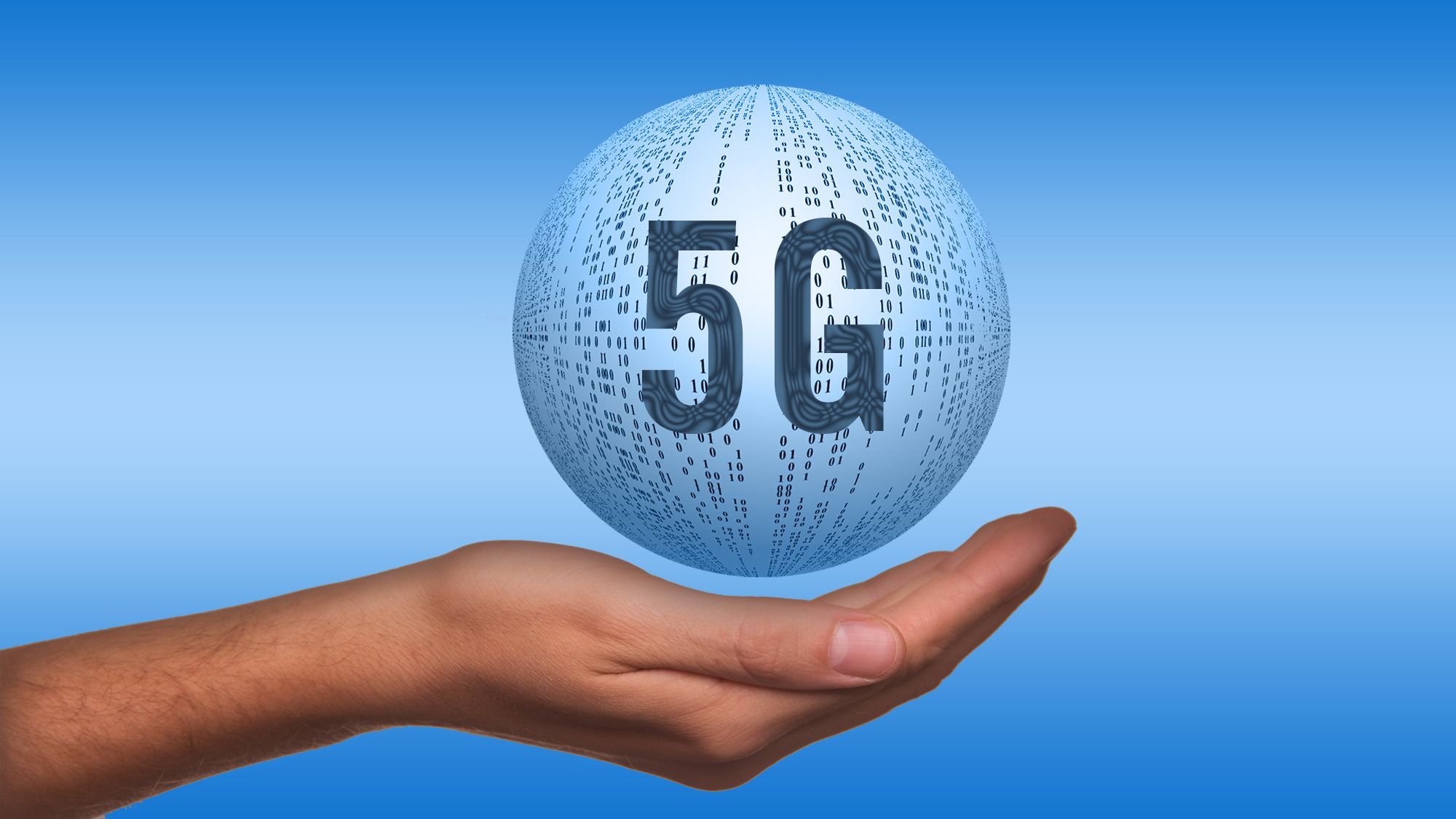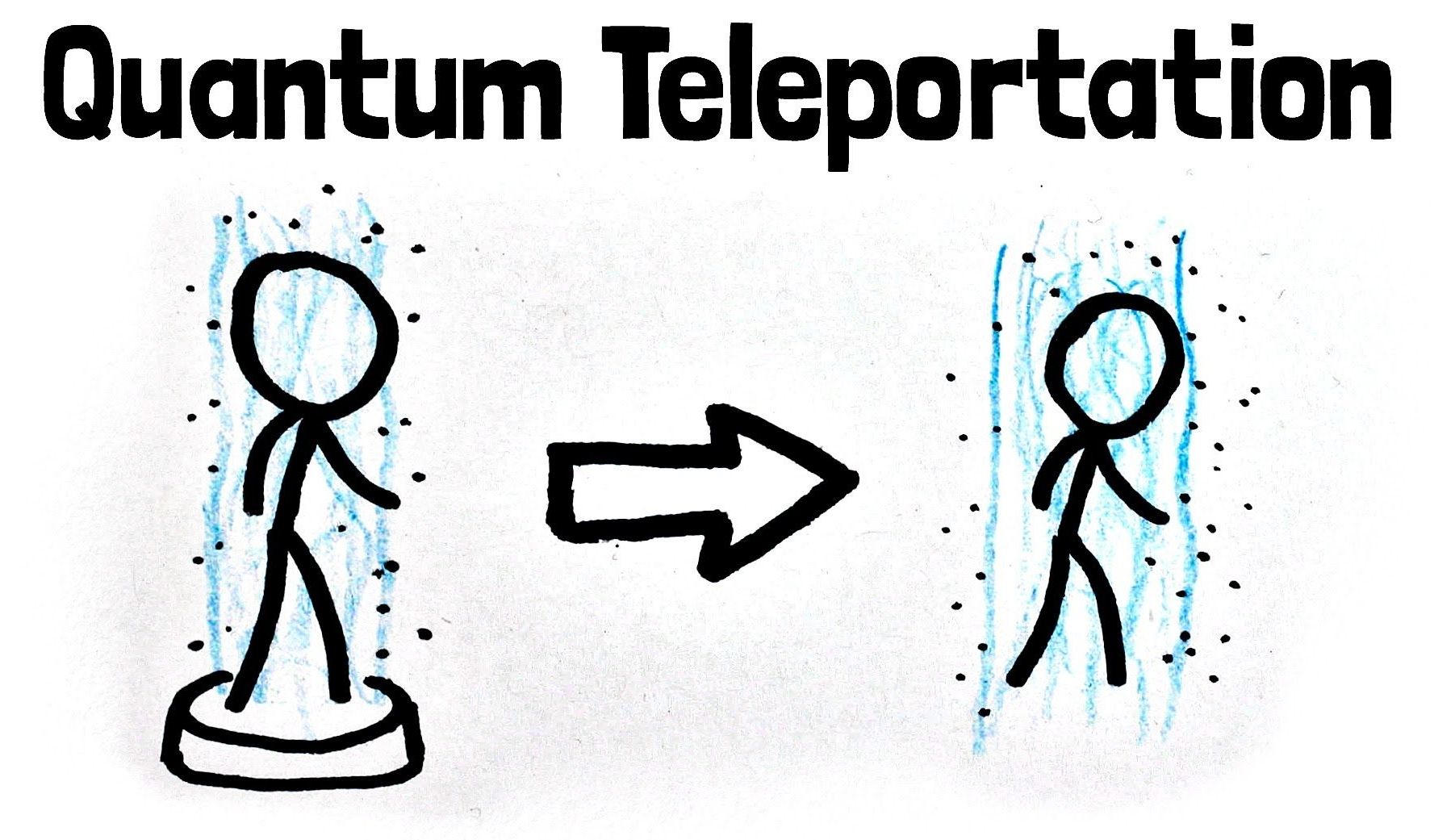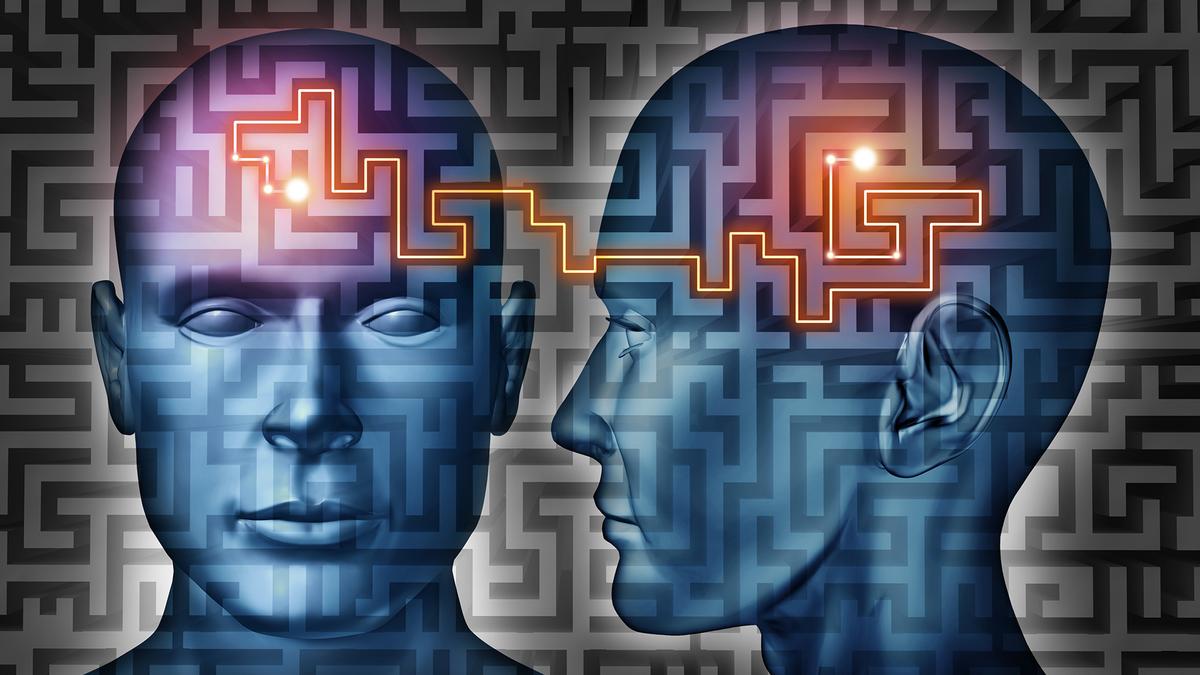(A rendering of what X’s renewable energy storage plant would look like. X) X, the “moonshot” division of Google’s parent company Alphabet that has worked on everything from self-driving cars and delivery drones, has a new public project: storing renewable energy so it doesn’t go to waste.
The team working on the project is codenamed “Malta,” and it aims to efficiently store energy from solar and wind using salts. That way, renewable energy can still be used even if solar panels or wind turbines can’t collect energy.
Malta is part of X’s Foundry, which explores early-stage projects. It’s not an “official” project like Project Wing (drone delivery) or Project Loon (high-altitude balloons that beam the internet to the surface). X is announcing Malta now because it wants to build a prototype plant for testing how storing renewable energy can feed a power grid. It’s accepting applications for potential partners on its website.








